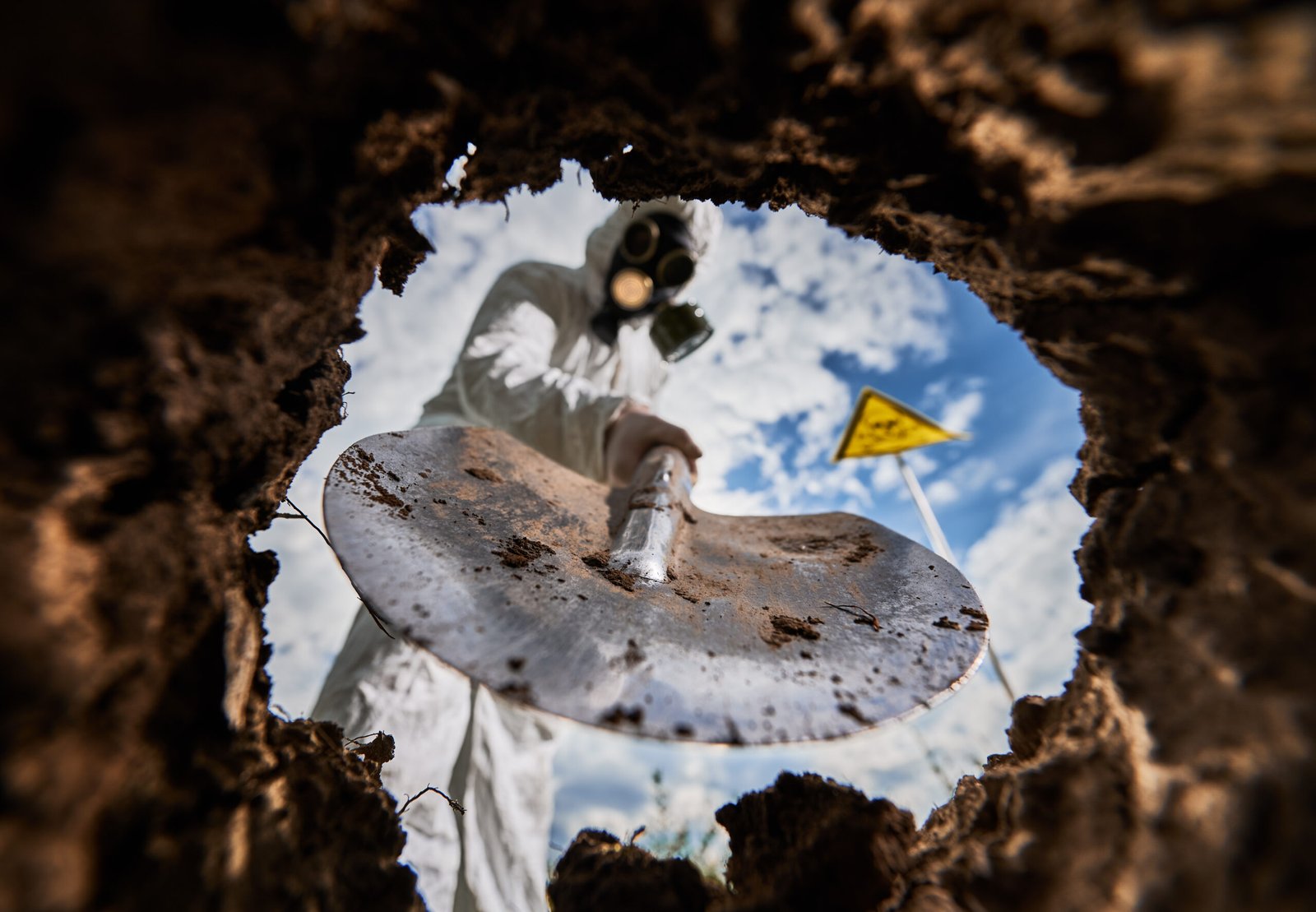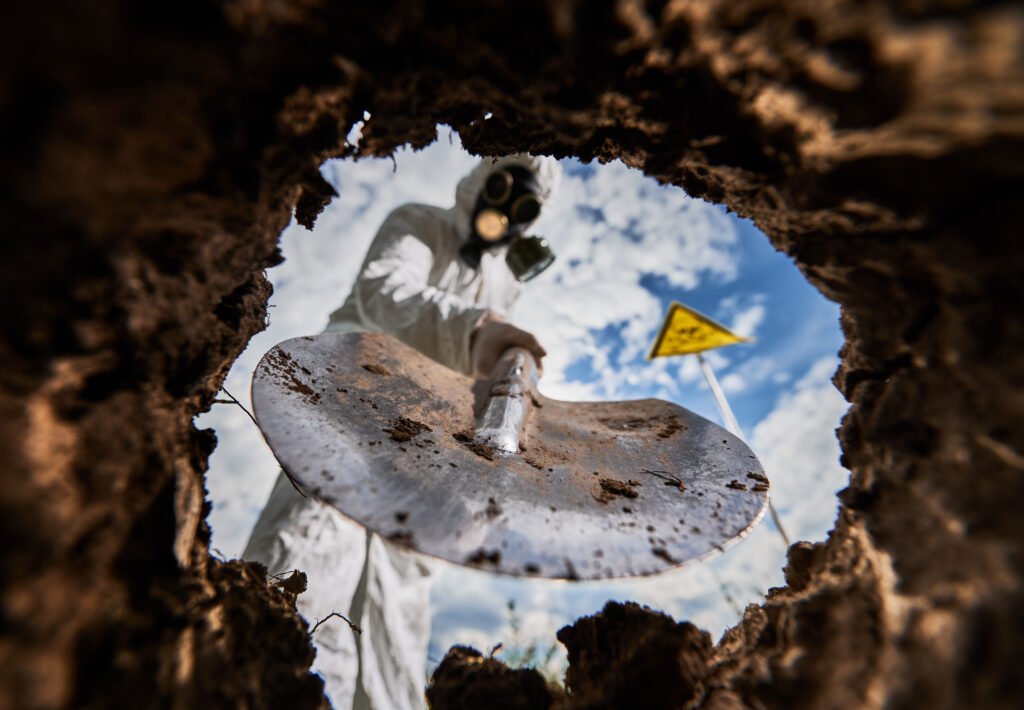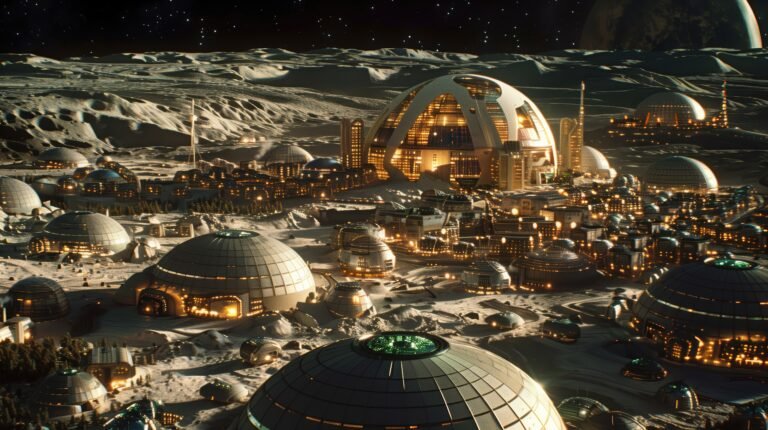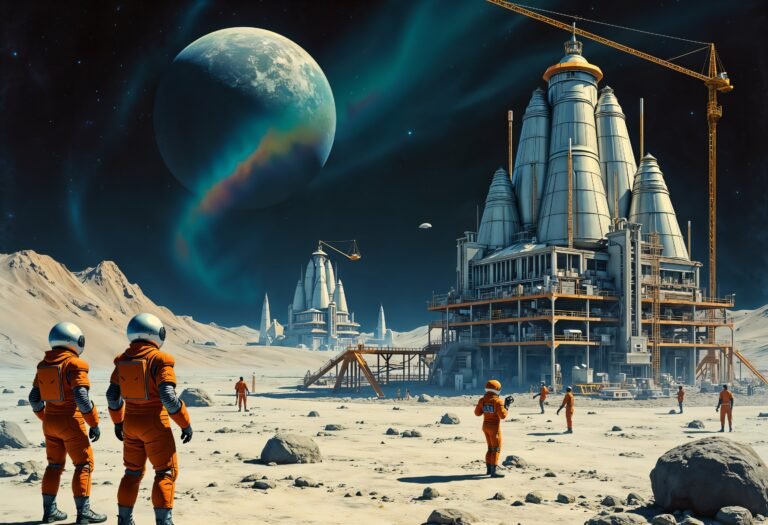Asteroid Mining: 10 Key Facts Behind the Next Trillionaire

Asteroid mining isn’t sci-fi wish-listing anymore — it’s a slow-burning mashup of robotics, rocket economics, planetary science and law that could one day turn a handful of entrepreneurs (or nations) into the richest entities in history. But before we crown a “first trillionaire,” we need to understand the realities behind the hype. Below are 10 essential facts about asteroid mining — what makes it plausible, what kills the economics, which missions are proving the science, and what laws, tech and markets will decide whether space riches become Earth riches. Throughout this piece the focus word Asteroid Mining will appear often: it’s the axis around which technical, legal and economic arguments spin.

10 Facts Table — at a glance
| # | Fact | Why it matters |
|---|---|---|
| 1 | Some asteroids are metal-rich (e.g., 16 Psyche) | Huge potential value if accessible — but feasibility matters. Space |
| 2 | Many NEAs (near-Earth asteroids) contain water/organics | Water = propellant and life-support feedstock for space industry. TIME |
| 3 | NASA sample missions proved we can get material back | OSIRIS-REx returned the largest asteroid sample — science + tech proof. NASA Science+1 |
| 4 | Earth market value estimates are wildly inflated | “$10,000 quadrillion” headlines ignore supply/demand and extraction cost. Live Science+1 |
| 5 | Space law is evolving (SPACE Act 2015) | US law allows citizens to own extracted resources — regulatory framework exists. Congress.gov |
| 6 | Companies tried and failed early — this is hard | Early startups pivoted or closed, showing commercial & capital risks. MarketsandMarkets |
| 7 | Mining in microgravity needs new tech (harvest vs blast) | Techniques will differ from terrestrial mining; robotics, anchoring and processing matter. |
| 8 | Economic case hinges on in-space demand first | The first customers will be space operators (fuel, water, construction), not Earth markets. |
| 9 | Time, capital and scale are enormous barriers | Multi-decade, billions required before a revenue stream. |
| 10 | If it works, it will change geopolitics & supply chains | New resource flows, rare-metal availability and space infrastructure shift power maps. |
Fact 1 — Some asteroids are literally metallic mines
Why people dream of a trillion-dollar asteroid: some bodies (like 16 Psyche) appear to be metal-rich, potentially containing iron, nickel and precious metals such as platinum group elements. Scientific interest in Psyche is why NASA funded a mission to study it up close — if it’s as metallic as thought, the raw material mass is enormous. That said, planetary scientists caution that surface composition, porosity and accessibility can greatly reduce the realistic economic value. Headlines that put exact dollar figures on these asteroids often leave out those qualifiers. Space
Implication: metal-rich asteroids are the prize, but “prize” ≠ “profit” until you factor in extraction, transport and market effects.
Fact 2 — Water is probably the low-hanging fruit
Not all asteroid mining is about gold. Many near-Earth asteroids and carbonaceous asteroids contain bound water, hydrated minerals or organics — OSIRIS-REx’s samples from Bennu show carbon and hydrated materials that suggest water and prebiotic chemistry. Water in space is priceless because it can be split into oxygen and hydrogen for rocket propellant or used for life support; delivering water from the surface of Earth into orbit is hugely expensive, so Asteroid Mining that supplies water to space infrastructure is immediately useful. TIME
Implication: the earliest, least speculative business models focus on in-space consumption (fuel depots, radiation shielding, habitats), not shipping metals to Earth.
Fact 3 — We’ve already gotten asteroid material (mission proof)
Asteroid mining advocates sometimes sounded like fortune-tellers, but the science steps forward: NASA’s OSIRIS-REx mission collected and delivered more sample mass from the near-Earth asteroid Bennu than expected — and those samples are scientifically revolutionary. Sample return proves engineering: rendezvous, sampling, re-entry and curation are doable, which lowers the technical risk for future resource missions. NASA Science
Implication: sample returns don’t equal commercial mining, but they validate key capability building blocks (navigation, anchoring, sample acquisition, re-entry).
Fact 4 — Wild valuations are marketing, not economics
You’ve probably seen headlines claiming an asteroid is worth “$100,000 quadrillion.” These numbers come from multiplying raw elemental mass by Earth-surface commodity prices — then ignoring the crushing realities: extraction cost, transport, refining, and how sudden enormous supply would crash market prices. Economists and space analysts remind us a metal dump to Earth would depress prices so fast that extracted materials could be worth far less than expected. So while the geologic value is astronomical, the market value is constrained by logistics and macroeconomics. Live Science
Implication: the “first trillionaire” narrative relies on unrealistic assumptions about selling asteroid metals into Earth markets at current prices.
Fact 5 — Law and policy are actively changing (some nations moved first)
The legal framework matters: the United States passed the Commercial Space Launch Competitiveness Act (also called the SPACE Act of 2015) which explicitly allows U.S. citizens to “engage in the commercial exploration and exploitation of space resources” and to own resources they extract. But international law (Outer Space Treaty) forbids national appropriation of celestial bodies, creating nuanced debate: you can own what you extract, but not claim territory. Other countries are writing their own rules, so Asteroid Mining will run in a complex legal arena where compliance, permits and international norms matter. Congress.gov
Implication: companies will need clear regulatory pathways and international coordination to scale operations without diplomatic conflict.
Fact 6 — Early companies taught harsh lessons
Several early pioneers and startups (Planetary Resources, Deep Space Industries among others) attracted capital, pushed prototypes and pitched business models — but many pivoted, merged, or closed. That doesn’t mean failure of the idea, but it shows capital intensity, timelines and technical risk are real; private investors expect long horizons or staged revenue proofs (e.g., selling in-space propellant first). Market research firms tracked industry players and noted that space mining remains a nascent market with lots of conceptual firms. MarketsandMarkets
Implication: modern entrants must be capital-efficient, realistic about timelines, and focus first on short payback actions (water for fuel depots, small-scale prospecting).
Fact 7 — Mining in microgravity requires new methods
Earth mining relies on heavy machinery, gravity, and vast infrastructure. In microgravity, anchors, gentle collection, regolith handling, containment and milling all require rethinking. Concepts include cold-gas collection, electrostatic harvesting, sintering regolith for construction, centrifugal separation, and in-situ resource utilization (ISRU) to process volatiles into propellant. The engineering is doable but novel: robots, redundancy, autonomy and remote operations are key. The shift from “blast and haul” to “precise, low-force collection” is profound.
Implication: breakthrough in robotics and ISRU methods will determine the cost curve for Asteroid Mining.
Fact 8 — In-space demand must come first (the real business model)
For the first profitable operations, the buyer is likely in space. Need water for fuel depots, propellant for satellites or space tugs, feedstock for construction of large structures (mirrors, habitats), and radiation shielding material. Selling metals back to Earth is unlikely the first revenue stream — instead, the space economy must grow so resource extraction becomes an operational supply chain. That’s the “bootstrapping” view: use asteroid resources to enable more space activity, which creates more demand.
Implication: companies should target orbital customers, governments and consortiums building lunar bases or in-space fuel infrastructure.
Fact 9 — Cost, scale and time: the three hard limits
Asteroid mining will not make someone rich overnight. Real projects require billions of dollars, decades of development, and economies of scale. Launch costs are falling (reusable rockets help), and smallsat tech has matured, but large-scale operations still need reliable transportation, ISRU processing plants, investment in autonomy and long operational lives. Investors must accept staged returns or government contracts to de-risk early phases.
Implication: expect public-private partnerships, phased missions (prospecting → demonstration → operation) and patient capital.
Fact 10 — If it works, the impacts are systemic
Successful Asteroid Mining could reshape supply chains for certain metals, enable a robust cis-lunar economy and reframe strategic resource geopolitics. Cheaper in-space materials reduce mission costs for science and industry, enable megastructures and accelerate space settlement. However, it also raises environmental and equity questions: who benefits, who governs, and how do we prevent repeat patterns of resource conflict off-planet?
Implication: early governance, transparency and international cooperation will influence whether asteroid wealth benefits many or a few.
Realistic roadmap — from prospecting to production
- Prospecting missions (now–2030s): robotic scouts, spectral mapping, and sample returns (we’re already here; OSIRIS-REx, Hayabusa2 proved the concept). NASA Science
- Demonstrations (2030s–2040s): small ISRU demonstrators that extract water and demonstrate conversion to propellant — likely funded by governments or consortiums.
- Operational stage (2040s–2060s): continuous extraction to supply orbital infrastructure, with scaled robotics and commercial logistics.
- Earth exportation (unknown): shipping large metal volumes to Earth is technically possible but economically questionable — markets and processing would need to adapt.
Key bottlenecks: reliable low-cost transport, robust autonomous mining robots, proven ISRU systems, and a clear legal/insurance framework.
Tech deep dive — what engineers are solving now
- Autonomy & perception: mining rigs must find, approach, and extract material with limited human intervention.
- Anchoring & mobility: microgravity means surface anchorage is needed for exerting force. Innovative harpoons, tethers and thruster systems are in development.
- Material processing in vacuum: sintering regolith (using heat to solidify) for construction vs. chemical extraction to get volatiles and metals.
- Power and thermal control: sustained operations need reliable power (solar arrays, RTGs in some cases).
- In-space logistics: fuel depots, cryogenic storage and transfer technologies.
These challenges are surmountable but expensive and iterative.






